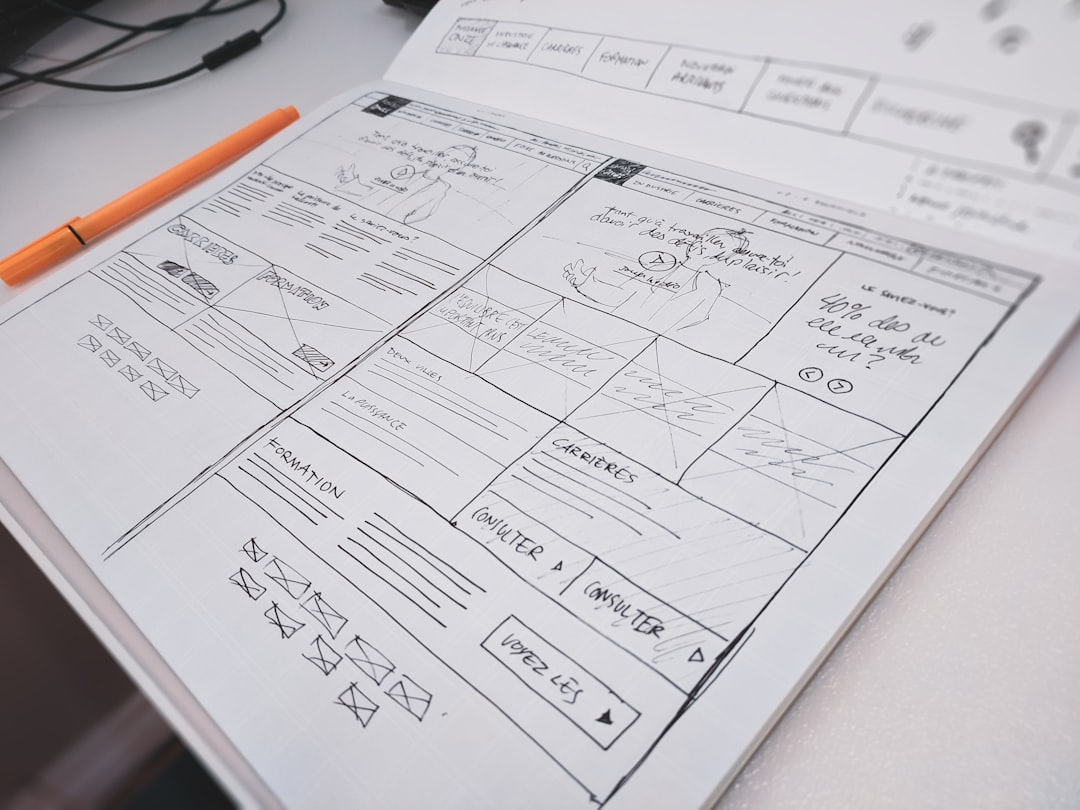In an era where data drives decision-making across industries, Business Intelligence (BI) teams play a vital role in translating raw data into actionable insights. As organizations expand their data operations, the need for efficient, structured, and consistent BI practices becomes ever more pressing. Implementing exercises in data modeling, star schema design, and data governance equips BI teams with the skills they need to scale and sustain robust analytical environments.
These exercises are not just academic drills—they are foundational practices that ensure clarity, consistency, and quality in business analytics. Let’s explore practical and strategic drills BI teams can use to master these key areas.
Table of Contents
Why BI Team Drills Matter
Whether your organization is in the early stages of building a BI program or managing enterprise-scale data warehousing, structured team exercises are essential. These routines help:
- Sharpen technical skills in data modeling and warehousing concepts.
- Foster communication and collaboration within cross-functional teams.
- Promote data literacy by embedding governance awareness into daily tasks.
- Ensure scalability in BI architecture by reinforcing standards and best practices.
1. Data Modeling Workouts: From Tables to Meaning
Data modeling is the blueprint of your data system. It’s how data is structured, stored, and connected. Exercises in this realm help BI teams move beyond simply designing tables to building coherent, scalable data architectures. An effective data model reflects not only the underlying data but also how people intend to query and analyze it.
Key exercises include:
- ERD Redesigns: Take an existing Enterprise Relationship Diagram (ERD) from an operational database and rework it for analytic workloads.
- Normalization Challenges: Practice converting flat tables into third normal form (3NF); then denormalize them for analytics use cases.
- Scenario Modeling: Present scenarios like “customer churn” or “product returns” and ask the team to model the relevant entities and relationships.
These drills improve fluency in identifying entities, fact vs. dimension delineation, and cardinality. Encourage the team to justify every design choice—a practice that builds critical thinking and prepares them for stakeholder conversations and complex project designs.

2. Star Schema Design Sprints
The star schema remains a cornerstone in BI modeling, favored for its simplicity, performance, and user-friendly reporting. Designing in this format unveils challenges common in data warehousing, such as handling slowly changing dimensions (SCDs), managing granularity, and preventing fan traps in reporting layers.
Effective team exercises include:
- Schema Reconstruction: Provide a flat set of reporting tables and ask the team to reverse-engineer a star schema model featuring fact and dimension tables.
- Dimension Design Workshop: Focus on a single subject area (e.g., sales or HR data) and ask teams to ideate various hierarchies and attributes for dimensional modeling.
- Join Path Analysis: Present complex reporting scenarios and challenge teams to design a schema that minimizes unnecessary join paths and maintains model clarity.
Special attention should be paid to granularity alignment—the grain of a fact table must be clearly understood and communicated. Furthermore, SCD strategies (types 1, 2, etc.) should be workshopped hands-on, with simulated data changes to reinforce learning.

3. Governance Drills and Audits
While data modeling and architecture receive much attention, data governance is the silent cornerstone of robust BI strategy. It ensures data consistency, lineage, and compliance across the organization. Governance exercises build accountability and illuminate blind spots in BI operations.
Key governance-focused exercises:
- Metadata Mapping: Assign team members to map business definitions to technical columns in source systems. Use this as an opportunity to identify redundant data and verify naming consistency.
- Lineage Walkthroughs: Have teams trace the flow of a critical metric (e.g., “gross margin”) from its source system through transformation layers to dashboards.
- Access Controls Review: Conduct mock audits of user access rights across BI tools and databases. Teams must identify risks or privilege escalations.
- Data Quality Validation: Simulate inconsistency scenarios (e.g., duplicate records, field nulls) and make teams design quality monitoring routines.
These exercises help BI teams deepen their understanding of data regulations, mitigate integrity risks, and enhance data stewardship. Pairing governance drills with modeling practices also emphasizes the interdependence of accuracy, trust, and effective analytics.
Integrating Drills into Agile BI Operations
To truly embed these practices within a team’s workflow, it’s best to integrate them into agile frameworks. This could mean allocating story points in a sprint to star schema improvements, or assigning monthly “Data Quality Audits” as part of retrospectives. These should not be one-off training activities, but rather routine components of the BI lifecycle.
Some integration strategies include:
- Establish “BI Gym” Hours each week for tactical modeling and governance drills.
- Regularly rotate data stewardship roles within the BI team to foster cross-responsibility.
- Hold internal model review sessions where teams critique and iterate on each other’s schemas and mapping documents.
- Use version control systems (e.g., Git) for maintaining evolving data models and definitions.
Building this culture takes consistency, but the resulting improvements in model quality, delivery accuracy, and user trust are well worth the investment.
Collaboration Tools and Tracing Mechanisms
Modern BI exercises are best supported by tools that enhance traceability and collaboration. Tools like dbt (data build tool), Apache Atlas, or Collibra offer frameworks to maintain data lineage, enforce modeling standards, and integrate CI/CD pipelines. Similarly, platforms such as Miro or Lucidchart can facilitate collaborative whiteboarding sessions for schema design remotely.
Investing in these tools empowers BI teams to focus on high-value, strategic work while minimizing manual tracking overhead and audit stress.
Closing Thoughts: Drill Consistently, Deliver Confidently
High-performing BI teams don’t just write SQL or build dashboards—they embody an operational discipline rooted in modeling mastery and governance rigor. Drills in data modeling, star schemas, and governance don’t just prepare your team to respond to daily business needs—they establish a resilient foundation for your organization’s future growth in analytics.
Regular exercises, when combined with a strong culture of collaboration and a robust set of tools, transform your BI function from a service desk into a strategic intelligence powerhouse.
As data volumes grow and analytics expectations rise, the organizations investing in these BI team exercises today will be the ones leading insight-driven decision-making tomorrow.





